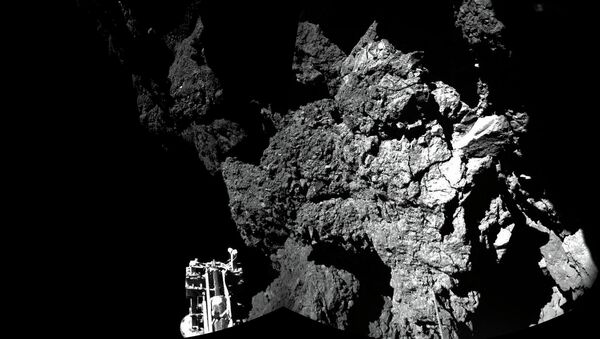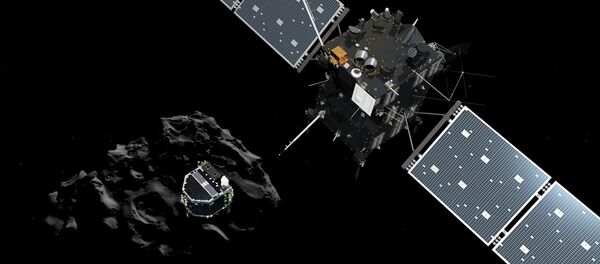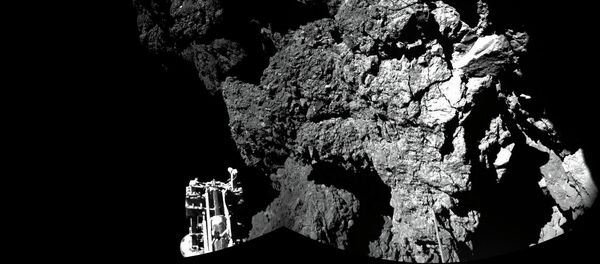According to Lander Project Manager Stephan Ulamec from the German Aerospace Center, "Philae currently receives about twice as much solar energy as it did in November last year," as the Comet's distance from the Sun has decreased. "It will probably still be too cold for the lander to wake up, but it is worth trying. The prospects will improve with each passing day."
The 100 kilogram Philae lander reached Comet 67P/Churyumov-Gerasimenko after being carried by the Rosetta orbiter on a 6.5 billion kilometer journey which took ten years, and the comet, Rosetta and Philae are currently around 320 million kilometers from the Sun. On August 13, the comet is expected to reach its perihelion, the point when it is closest to the sun – some 186 million km away.
"Philae is designed so that, since November 2014, it has been using all the available solar energy to heat up," explained Koen Geurts from the Lander Control Center. The lander is most likely to be able to make contact during the the 11 flybys where the Rosetta's path puts it in a favorable position during Philae's daytime, when it is being supplied with power by its solar panels.
The Rosetta mission is analyzing Comet 67P/Churyumov-Gerasimenko during its orbit of the sun in a bid to find out more about comets, the oldest and most primitive materials in the Solar System which date back to its origin 4.57 billion years ago. Scientists hope that by analyzing the bodies, more can become known about the origins and evolution of the Solar System itself.



